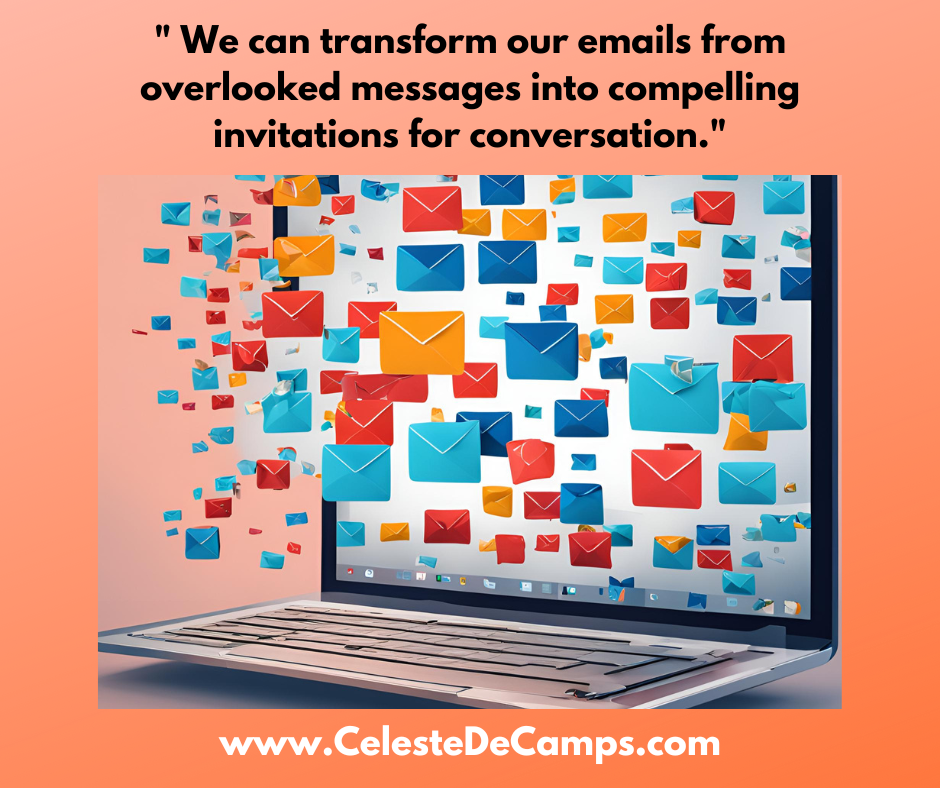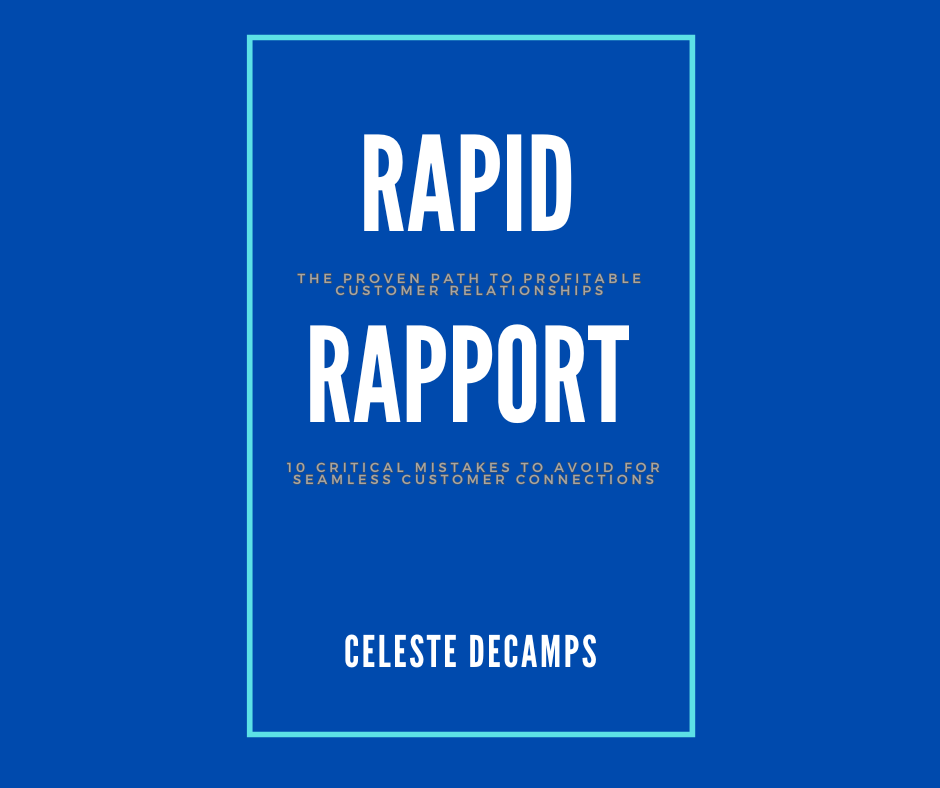One of the biggest challenges salespeople face today is receiving a response from customers via email, text, or phone call. Let's face it: getting anyone to answer any form of communication is frustrating. How is business getting done? One way is to craft a message that will connect with buyers and close deals without wasting precious time.
That's where personalization comes in. A generic email can easily be overlooked, especially in a crowded inbox. To cut through the noise, take the time to understand who the recipient is. Check out their background, interests, and current business needs through LinkedIn, Instagram, Google, etc. You can create a sense of relatability by referencing shared connections or commenting on recent industry trends. For instance, if a prospect recently won an award or published an article, mentioning it in the email can establish a rapport that makes a response more likely.
Next, clarity is vital. Everyone is bombarded with countless messages, making it imperative to get to the point quickly. A well-structured email should clearly articulate its purpose within the first few lines. Instead of a lengthy introduction, consider using a straightforward subject line that reflects the email's content. Phrases like "Quick Question" or "Thought You Might Find This Interesting" entice the recipient to open the email, while direct language in the body respects their time and intelligence.
Timing also plays a critical role in email responses. Studies show that messages sent on Tuesdays and Thursdays typically garner higher response rates compared to other days of the week. Furthermore, sending emails in the morning or right after lunch can increase the likelihood of them being read and addressed promptly.
Another effective strategy is to include a call to action—a simple, clear next step for the customer. Instead of leaving the email open-ended, offering a specific time for a call or asking a straightforward question can prompt the reader to respond more quickly. For example, "Are you available for a quick call this Thursday at 2 PM?" is much more likely to yield a response than a vague "Let me know your thoughts."
Follow-ups are not just a polite gesture but a crucial part of maintaining communication. Many salespeople fear that sending another email might come off as pushy, but the reality is that most potential buyers simply forget to reply amidst their busy schedules. A gentle nudge can be the difference between a missed opportunity and a closed deal. Ideally, follow-ups should occur within a week of the initial email and can serve as a friendly reminder or a chance to provide additional value, such as sharing relevant industry insights or resources.
The ability to get customers to respond to emails is not an elusive skill reserved for sales wizards alone. We can significantly reduce the time spent chasing leads by focusing on personalization, clarity, timing, and effective follow-ups. We can transform our emails from overlooked messages into compelling invitations for conversation, ultimately leading to more closed deals and fruitful relationships. In a world where every moment counts, mastering these email strategies could be the key to unlocking new opportunities and driving business success.
In today's fast-paced world, building quick connections is essential for success. My ebook offers valuable tips and strategies to help you establish rapport with anyone in record time. Don't miss out - grab your copy now and start making meaningful connections!
Please click the link below and buy it today for the low price of $.99

